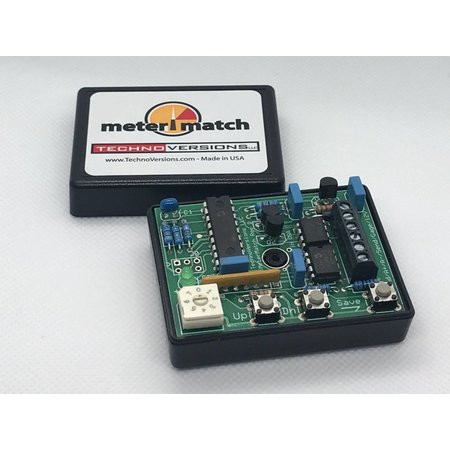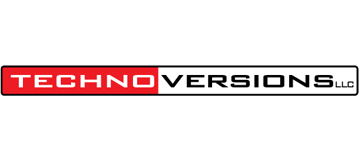
Prices incl. VAT plus shipping costs*
In Stock - Ready to ship,
Delivery time appr. 1-3 Workdays
- Order number: TEC-MM-02
- Notes:
MeterMatch allows you to mix and match different gauges and senders, or to make gauges more accurate. It can be used with many gauges that have resistive senders - such as fuel, oil pressure and temperature gauges. In addition, it allows you to have low and/or high set-points that will trigger a bright, blinking, LED indicator to alert if the gauge exceeds normal values. It is housed in a small (2.4" x 1.85" x .93") enclosure that can be located behind the dashboard near the gauge. Wire connections are made via a screw-terminal strip inside.
MeterMatch is wired between your sender (sensor) and your gauge. It reads the resistance of the sender, then based on your user-defined internal calibration values, it electronically emulates the sender signal to drive the gauge to the desired reading. It treats the input and output entirely separately, so it doesn't care if the input to the gauge is scaled differently than the sender, or even if the sender signal has a reversed sender signal than the gauge - it can correct for that.
To calibrate MeterMatch, you first set the sender to a known value. For example, fill your fuel tank. Set the MeterMatch to program mode, then with the up and down buttons, make your gauge read what you want for that sender value. When you are satisfied with the reading, press the "save" button, and the value is remembered in the MeterMatch. Do the same process with the sender reading a value near the other end of its range, and you are done. MeterMatch interpolates from these values to make the gauge read proportionately at values above, below, and between the calibration values. It also has cardinal-point values stored inside that you can use if you know the resistance of your sender. The basic process of having the gauge read properly from calibration points near each end of the range is fine for most applications, but you can be more sophisticated if you wish. For example, what if your fuel tank is large at the bottom and small at the top? In this case, it won't read properly throughout the range. MeterMatch provides two additional calibration points between the endpoints. So, in this case, you could have an additional calibration point where the tank changes size. Another use for these points would be if your tank is cylindrical (like a truck fuel tank) so the gauge is inaccurate at both sides of the center. Here, you can add additional calibration points (for example at 30% and 70%) and the accuracy is drastically improved. Or - you can simply use the additional cal-points to provide improved accuracy at mid-scale points.The calibration values are stored in non-volatile memory inside MeterMatch, so they remain, even when no power is connected to the unit.
Early Ford and Mopar Gauges
Ford and Chrysler gauges of the 60's and early 70's have an electro-mechanical voltage regulator to drive the instruments, which typically include the temperature and fuel gauges. The MeterMatch MM-02 has been designed to work in conjunction with these electromechanical regulators without repowering the gauge. The MeterMatch MM-02 replaces the earlier MeterMatch-VR unit.
Variants available













